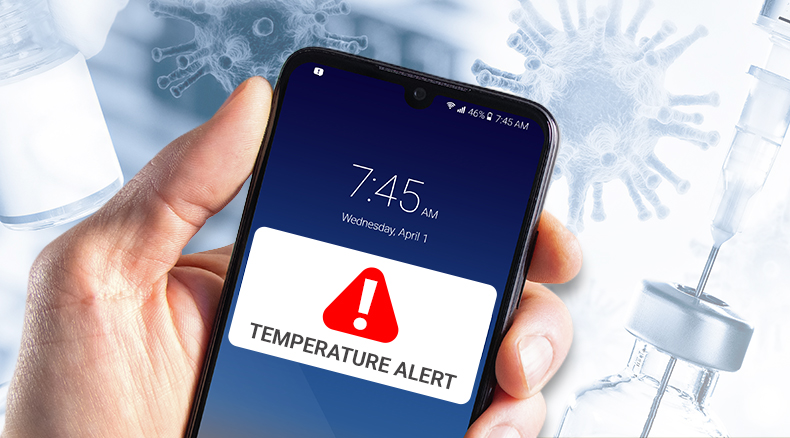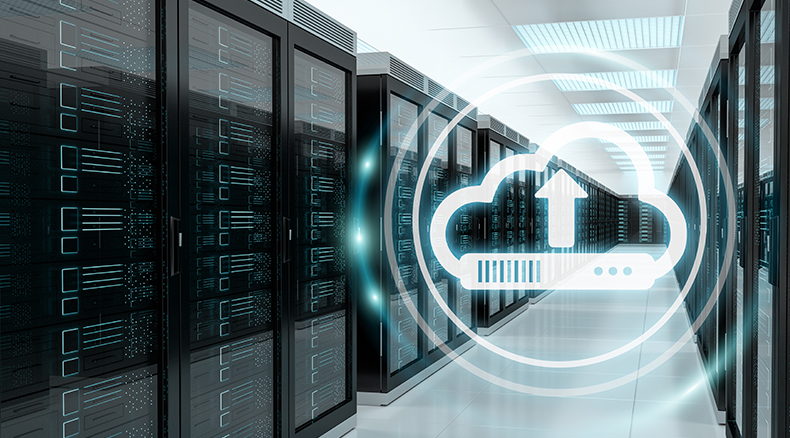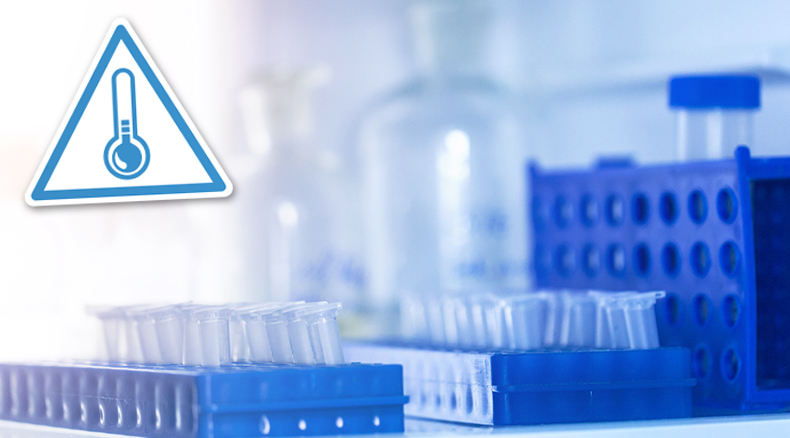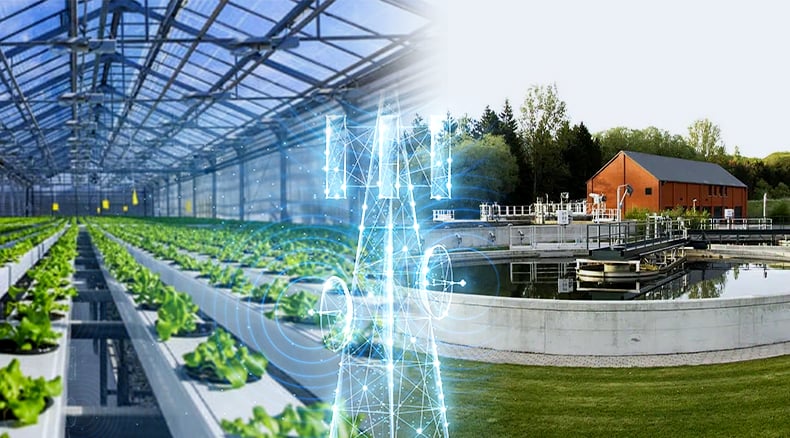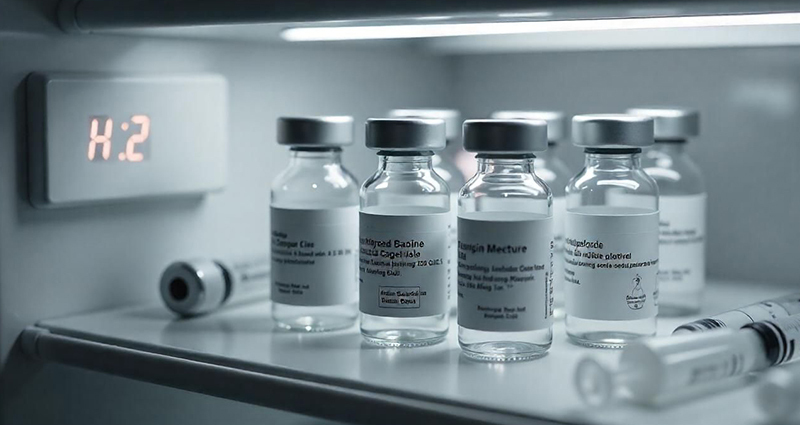
Food processing plants require large amounts of water for multiple activities, including washing, rinsing, cooking, disinfecting, bottling, canning and packaging. Incoming water must be treated to ensure safety and quality before it comes into contact with food products. And wastewater generated from food production must be treated before it is used or discharged.


